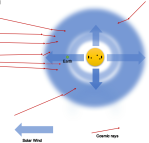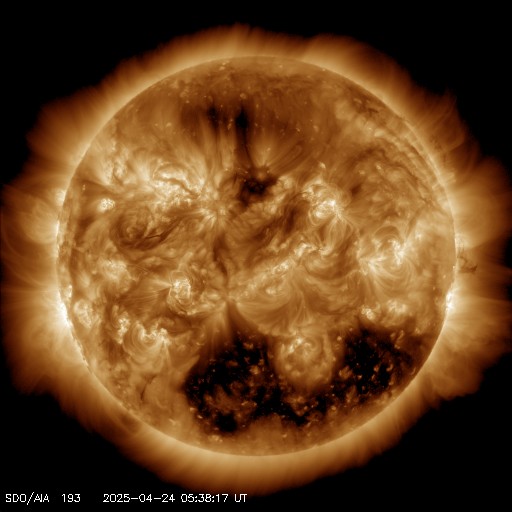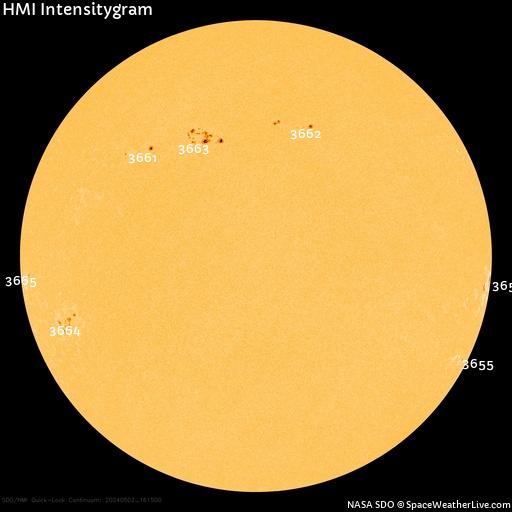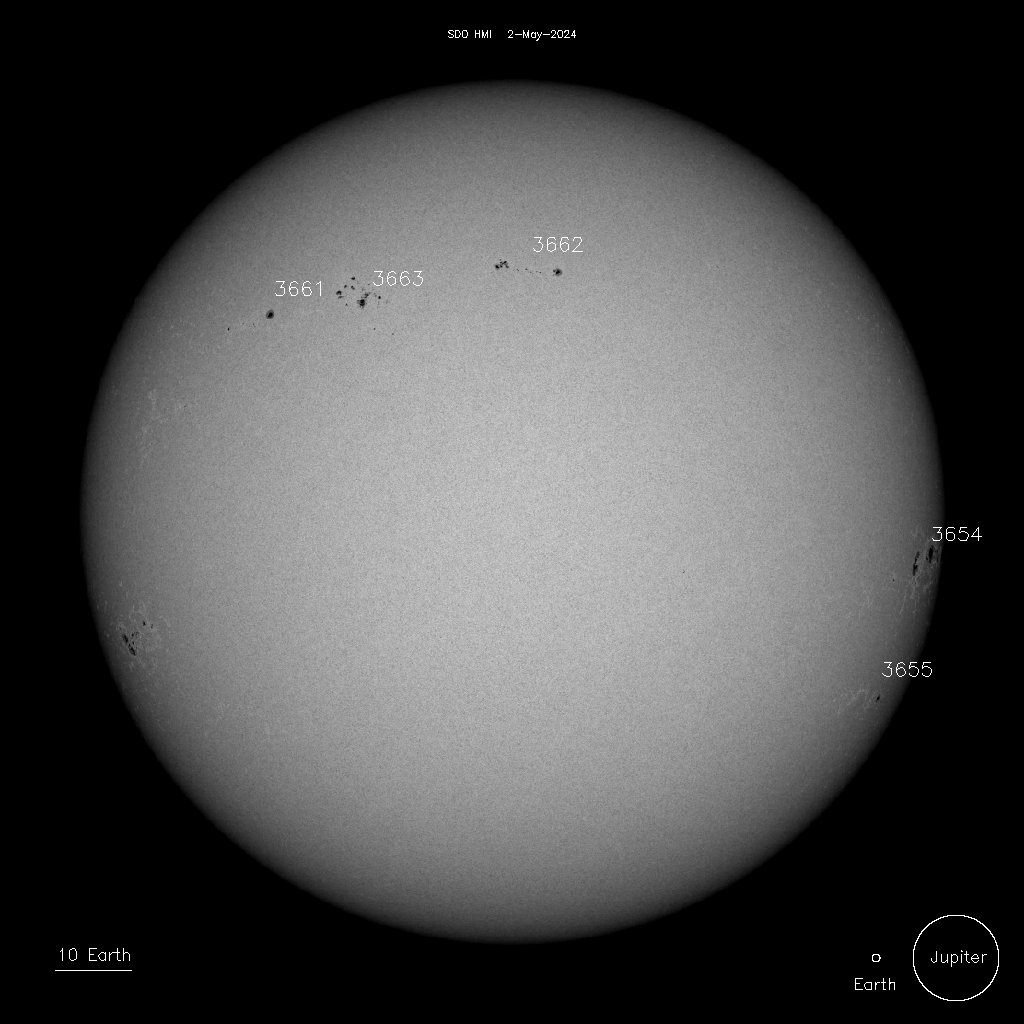
Finally, it looks as if the GSM is on.
First, this is not a 100% conformation that the Next Grand Solar Minimum has already begun, even though the data strongly indicates that the trends will continue according to the models of Zharkova et al, 2015, Ole Humlum 2011 John Casey and many others. The different models vary in duration. (see details in the introduction to the next Grand Solar Minimum.)
On June 12, 2019 NASA announced:
Solar Activity Forecast for Next Decade Favorable for Exploration
“The forecast for the next solar cycle says it will be the weakest of the last 200 years. The maximum of this next cycle – measured in terms of sunspot number, a standard measure of solar activity level – could be 30 to 50% lower than the most recent one. The results show that the next cycle will start in 2020 and reach its maximum in 2025.”
The beginning of a Grand Solar Minimum can only be definitely declared after several very low solar cycles (11- year-cycles or Schwabe cycles). A decline of 30- 50% in sunspot numbers already brings us to Dalton Minimum levels.
It must also be said that the Dalton Minimum itself is by some astronomers declared to have been only an incomplete Grand Solar Minimum . (Usoskin et al, 2011,) [iii]
The next Grand Solar Minimum is not only good news. The bad news is climate disruption (real natural climate change, not anthropogenic climate change), erratic precipitation, increased flooding, storms, droughts, crop loss, population pressure/ reduction, migration and in the long run, global cooling.
The good news is a long- term historical trend of general peacefulness, rationality and improvements in the implementation of human rights for the remaining population (as I proved in my book Solar History). The empirical reduction in violence and increase in responsibility could be the next closest thing to what esoteric people call an “awakening”.
Compare the current state of the sun to the Dalton Minimum conditions. Here, I added a sketch of the NASA projection to the end of the solar cycle progression of the last 400 years.

Sunspot numbers by NASA 1610- 2019 plus the NASA projection of solar cycle 25
This graph compares the current solar progression to that of the Dalton Minimum. Original Graph by Anthony Watts / December 20, 2010. I added the recorded Solar Cycle 24 (green) and the NASA projection of solar cycle 25 (black dotted line). The similarities are striking.

Dalton Minimum vs.solar cycles 24/ 25
“The Dalton Minimum was a period of low solar activity, named after the English meteorologist John Dalton, lasting from about 1790 to 1830.[1] Like the Maunder Minimum and Spörer Minimum, the Dalton Minimum coincided with a period of lower-than-average global temperatures. The Oberlach Station in Germany, for example, experienced a 2.0°C decline over 20 years.[2] The Year Without a Summer, in 1816, also occurred during the Dalton Minimum. Solar cycles 5 and 6, as shown below, were greatly reduced in amplitude.” Antony Watts.
Even more than ten years ago: NASA’s Dr. David Hathaway accurately predicted that solar cycle 24 (that peaked in 2014) would be the weakest solar maximum since 1928. From the NY Times 2009:
“Still, something like the Dalton Minimum — two solar cycles in the early 1800s that peaked at about an average of 50 sunspots — lies in the realm of the possible, Dr. Hathaway said.”
Possible causes of the instigation of the non-periodical Grand cycles
Geoff J. Sharp proposed that Angular Momentum influenced by Uranus & Neptune are Responsible
The Angular Momentum perturbation and modulation (as observed in graphs produced from the Jet Propulsion Laboratory) is a direct product of the outer gas giants (Uranus & Neptune). This information gives the opportunity to predict future grand minima along with normal solar cycle strength with some confidence. A proposed mechanical link between solar activity and planetary influence via a discrepancy found in solar/planet AM along with current AM perturbations indicate solar cycle 24 & 25 will be heavily reduced in sunspot activity resembling a similar pattern to solar cycles 5 & 6 during the Dalton Minimum (1790-1830). [1]
–
Earth, Venus, and Jupiter alignment and Schwabe cycles
A team of researchers found that the tidal forces are strongest when Earth, Venus, and Jupiter align, and that this alignment occurs every 11.07 years – falling at the same time as the solar minimum. [1]
“During the period 1874 – 2017 the Morlet wavelet power spectrum of the north–south asymmetry () of sunspot-group area and that of the mean absolute difference of the orbital positions of the giant planets are found to be similar.” [2]
[1] Stefani F. et al, 2019: A Model of a Tidally Synchronized Solar Dynamo; Solar Physics volume 294, Article number: 60 (2019)
[2] Javaraiah J. 2020: Long-term Periodicities in North–south Asymmetry of Solar Activity and Alignments of the Giant Planets; Solar Physics volume 295, Article number: 8 (2020)
[1] Are Uranus & Neptune Responsible for Solar Grand Minima and Solar Cycle Modulation? Geoff J. Sharp; International Journal of Astronomy and Astrophysics Vol.3 No.3(2013),
Categories: Astronomy, Electric Environment, Recently













![Kp-Index [0-3] Green - Stable/Calm Magnetosphere. [4] Yellow - Unstable Magnetosphere. [5+] Red - Geomagnetic Storm Conditions](https://firebasestorage.googleapis.com/v0/b/carrington-9.appspot.com/o/spaceWeatherNews%2FkpChart.png?alt=media)







Chem trails or 5g cannot be helping this at all.
LikeLike
Chem trails or 5g cannot be helping this at all.
LikeLike
The graph is not in my books, so it's not your memory…
I'm not up to date with Ben Davidson's solar micronova and the current sheets. the time window is quite broad and vague.
but Ben made a video (and later deleted?) with rather specific year by yeear predictions of tidal waves going over continents. soundls like non-constructive fear mongering to me.
Sacha Dobler
Gesendet: Donnerstag, 03. Februar 2022 um 20:13 Uhr Von: "Abrupt Earth Changes" <comment-reply@wordpress.com> An: sachadobler@gmx.net Betreff: [Abrupt Earth Changes] Comment: "The next Grand Solar Minimum has (very likely) begun: NASA predicts lowest solar cycle in 200 years"
LikeLike
“..This graph compares the current solar progression to that of the Dalton Minimum. Original Graph by Anthony Watts / December 20, 2010. I added the recorded Solar Cycle 24 (green) and the NASA projection of solar cycle 25 (black dotted line). The similarities are striking. …”
– BRILLIANT GRAPH UPDATE! I [bought, read] your Dobler’s books “Solar [history, behaviour]” & “Hormonageddon” but I don’t remember seeing this graph in them (I’m getting old, memory getting much older).
Brings to mind the seemingly crazy “solar micronova” hypothesis, with a [fun, intriguing] historical development going back to WWII or before. Ben Davidson’s “Suspicious Observers” describes the 12 ky “quasi-cycle and it’s harmonics” (as I like to call it), and while he is enthusiastic about it, he is also cautious in pointing out that the mechanism might be different or a combination of mechanisms. Apparently following his lead (many astronomers do follow his daily videos),there has been a surge of papers [identify, measure, illustrate]ing an incoming Milky Way current sheet (same thing as our own solar system current sheet, which has long known), with successive brightening of stars by closeness to the Earth, and radio-telescope images of the apparent leading edge of the current sheet wave about to hit Earth within a very few decades (?). If correct :
– how might the timing of galactic current sheets relate to any star’s Grand Solar Minima?
– do the Grand Solar Maxima lead or follow Grand Solar Minima as predicted by a current sheet wave?
– does the overall duration fit the (not always the same) waveform of the current sheet as seen by our Sun?
– does amplitude modulation of the solar-local fields model the effects adequately, or are [capacit, induct]ive effects also needed?
– can this be easily linked into Sacha Dobler’s “Solar Behaviour” book in a predictive way?
– what is the variability of a current sheet wave’s [speed, waveform, amplitude, periodicity]? Presumably this can be estimated and scaled up based on known characteristics of our Solar System’s current sheet, but perhaps there is a [stochastic, chaotic] nature to it (simpler said : unpredictable with the math and knowledge that we have, not to mention the “fog of stupidity” that so often blinds us).
I am using the wrong jargon above, which should be from “Electric Universe” (David Talbot, Wal Thornill, Donald Scott, Stephen Smith, etc), or “plasma astronomy” (Anthony Peratt). Mythologists have long been far ahead of science this area (and I don’t really like mythology – it’s too complicated for me)!
First time I’ve noticed “Pingbacks” of WordPress – also brilliant.
LikeLike
If the IPCC was a truly scientific panel, it would have to take NASA confirmation of GSM in consideration and change the narrative. Climate cooling resulting in shorter crops growing seasons has serious consequences for humanity. Could anthropogenic CO2 mitigate the cooling? Time for return of clean coal burning technology?
LikeLike
They can’t tax the sun
LikeLiked by 1 person
Why do we not ever hear about any of this in the mainstream media? Is it because it doesn’t fit their worldwide redistribution of wealth narrative?
LikeLike
Why don’t we ever hear about any of this in the media? Is it because it doesn’t fit their narrative of a world wide redistribution of wealth?
LikeLiked by 1 person
Positively electrifying!
LikeLike